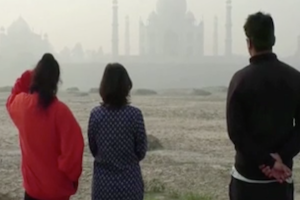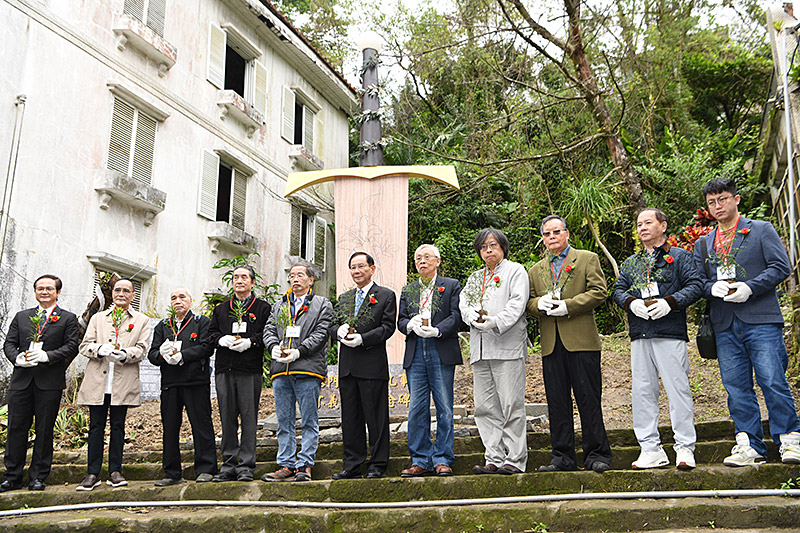Delhi Air Pollution Worsens, Disrupting Flights and Classes; Famous Landmarks Shrouded in Smog

Delhi and its surrounding areas, home to over 30 million people, have long struggled with some of the worst air pollution levels in the world during the winter months. Recently, the worsening air quality has disrupted flight operations, with even the iconic Taj Mahal obscured by a thick haze. The Indian government has banned non-essential construction projects and urged residents to avoid using coal for heating.
Cold air traps dust, pollutants, and smoke from illegal farm burning, creating a toxic mix of smog that New Delhi contends with every winter. According to real-time rankings from the Swiss air quality monitoring platform IQAir, New Delhi’s air quality index has reached 424, the worst among global capitals.
Reuters reported that Delhi's Chief Minister, Atishi, stated on the 14th that starting from the 15th, all non-essential construction will be paused, and elementary schools will shift to online classes. She also urged the public to use public transportation whenever possible and to avoid burning coal and wood for heating. The government will deploy dust-suppressant water sprays on the streets and send out cleaning machines.
The air quality in northern India has worsened over the past week, with poor visibility. By the afternoon of the 14th, 88% of flights departing from Delhi and 54% of arriving flights were delayed due to the smoke. Toxic smog has also caused landmarks such as the Taj Mahal, about 220 kilometers from Delhi, and the Golden Temple in Amritsar, a Sikh religious site, to appear shrouded in haze.
- 39 reads
Human Rights
Ringing FOWPAL’s Peace Bell for the World:Nobel Peace Prize Laureates’ Visions and Actions

Protecting the World’s Cultural Diversity for a Sustainable Future

The Peace Bell Resonates at the 27th Eurasian Economic Summit

Declaration of World Day of the Power of Hope Endorsed by People in 158 Nations

Puppet Show I International Friendship Day 2020

